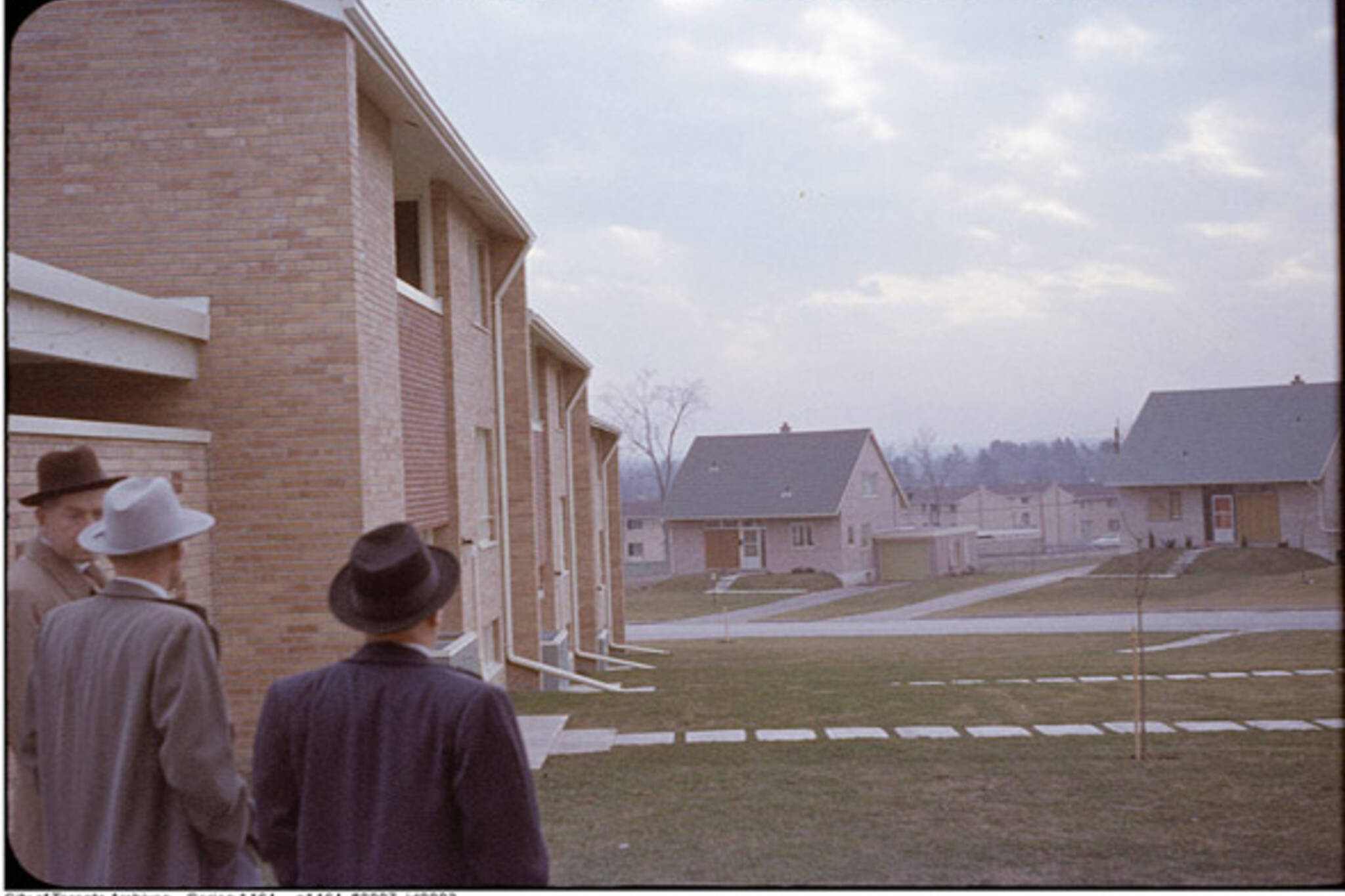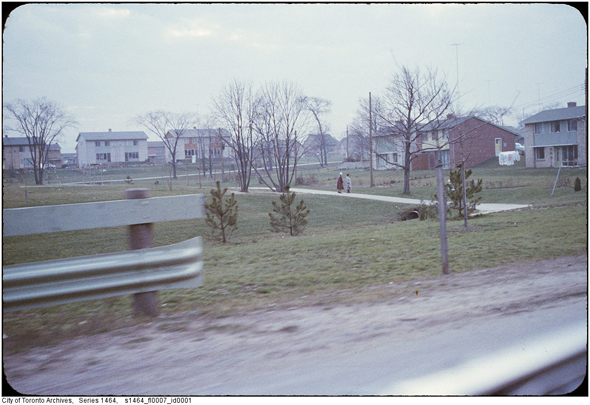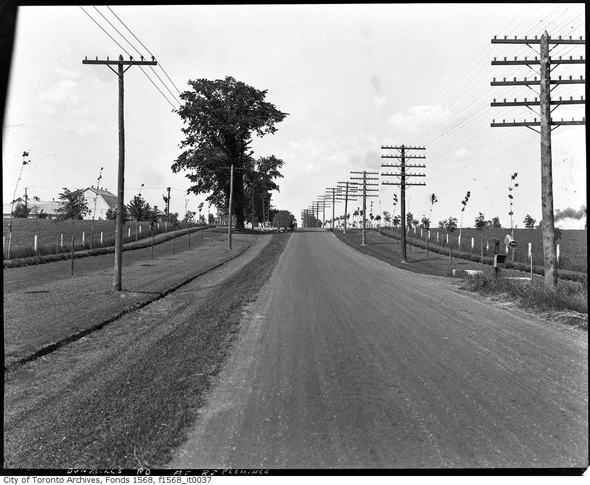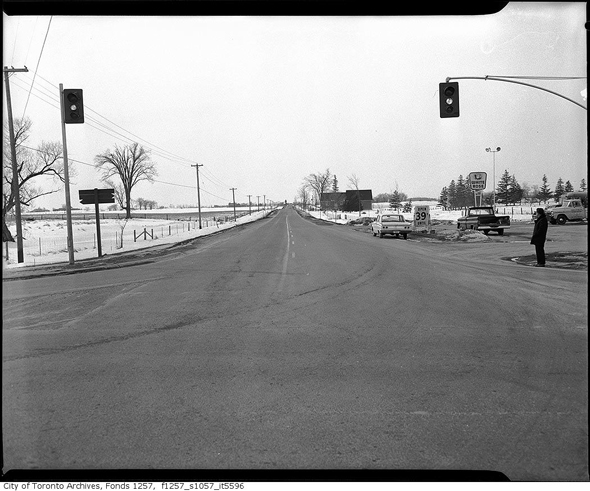
Nostalgia Tripping: the construction of Don Mills, Toronto's first model suburb
I have to confess that hearing the name of this North York neighbourhood causes me to feel reminiscent. Don Mills was my introduction not only to life in Toronto, but Canada in general. My family and I lived in a rented apartment in a house situated on a typically uniform residential street, lined up with two storey houses, close to Don Mills Road.

It's not commonly known that most of the suburban communities surrounding the city started out as farming villages and hamlets, often centred around a crossroad, with their own distinctive character. According to Heritage Toronto, the area now known as Don Mills was originally a rural settlement. By 1900, at the intersection of Don Mills Road (then know as The Mill Road) and Lawrence Avenue and its vicinity stood an inn, general store, school, post office, and library. This rural identity was soon forgotten when construction of subdivisions began in the area in 1953.

As to the rise of Don Mills, according to John Sewell's The Shape of the City: Toronto Struggles with Modern Planning, E.P. Taylor, one of the country's most successful corporate businessmen, started to purchase farm land seven miles away from the city. The land, surrounded by ravines in all directions, was at the time isolated, not easily accessible by the railway lines that ran to and from the city.

Macklin Hancock, a student of landscape of architecture, who was involved of Taylor's earlier projects, Wrentham Estates and York Mills Plaza, is often credited as the source of Taylor's idea for a new planned community. He also, as the story goes, proposed the name for the community, which he derived from the mill on the Don River, at the northeast corner of Taylor's property.
Hancock devised the community in a way that the land was divided into four quadrants by the intersection of Don Mills and Lawrence. Each of these pieces was envisioned as a separate neighbourhood, each containing an elementary school, church, and store. In the centre of the neighbourhood, surrounded by a ring road, was a shopping centre, high school, post office, recreation centre, and library. Places of employment were located on the periphery.
Even though the character of the original rural community was lost, such an atmosphere must have prevailed for a while for the first generation of the Don Mills suburbanites. Despite the number of amenities within its boundaries, it was still a distance from the city and other suburban neighbourhoods. By 1961, the Don Valley Parkway extended only to Eglinton Avenue, and wouldn't be fully constructed until 1966, and the closest subway station was Eglinton.
Although the community was meant to be a self-contained, mixed-income utopia, as Hancock designed both houses and apartment buildings for owners and tenants alike, this experiment failed. Although Taylor capitalized on the first houses that had been built, working-class residents could not afford to buy even the more modest dwellings, and most people worked outside of Don Mills. In fact, only five percent of the residents had jobs within the boundaries of the community.
The results of Taylor and Hancock's collaboration were highly influential in the planning and construction of many other suburban subdivisions in Canada, many of which were modeled after Don Mills. Whether this model was successful or not remains questionable.
Images from the Wikimedia Commons and City of Toronto Archives.
Latest Videos
Latest Videos
Join the conversation Load comments







